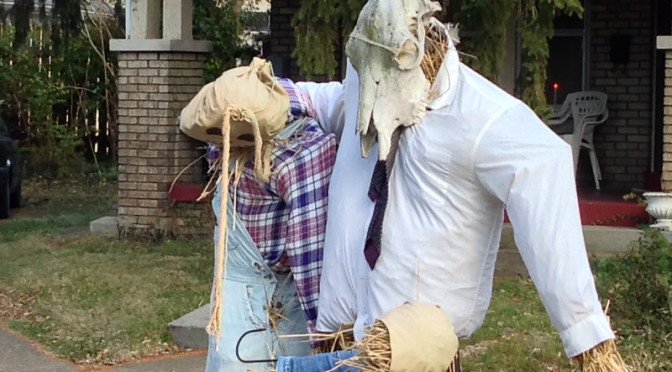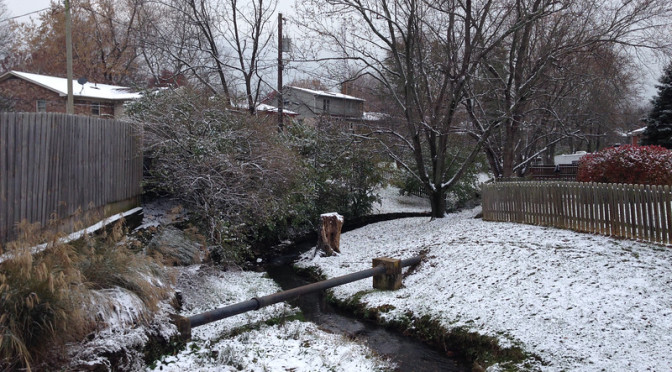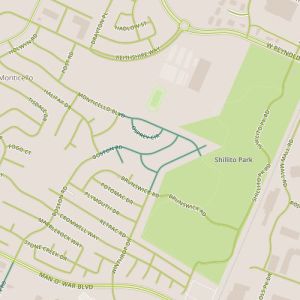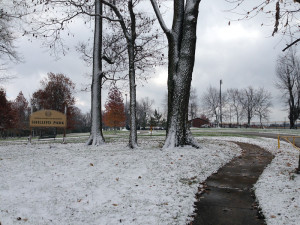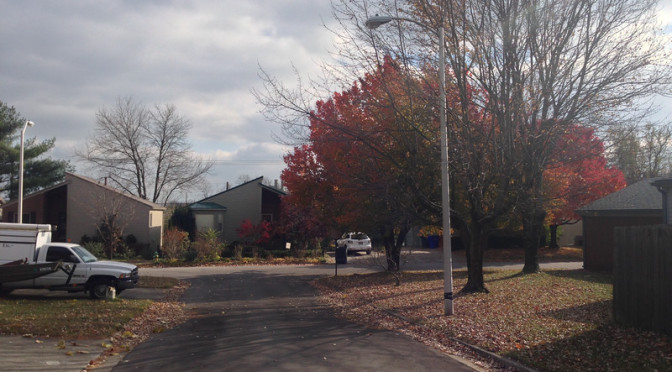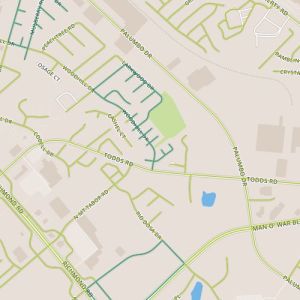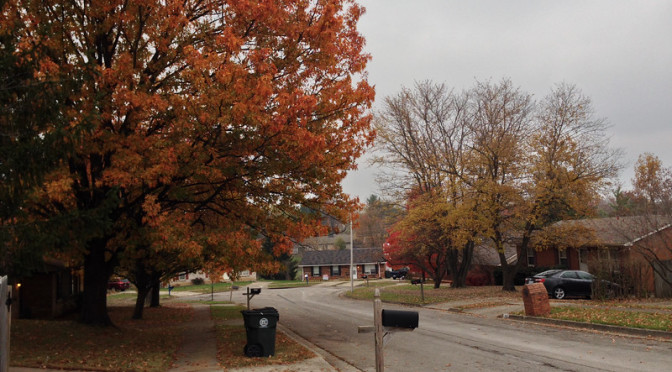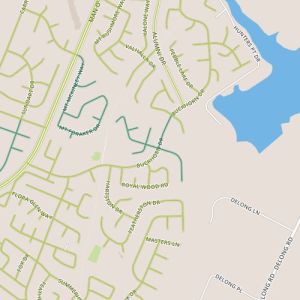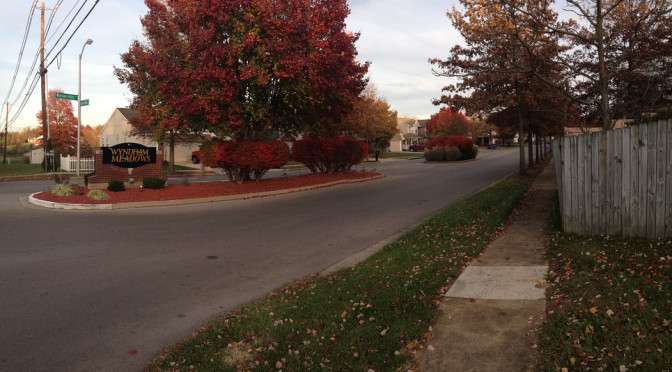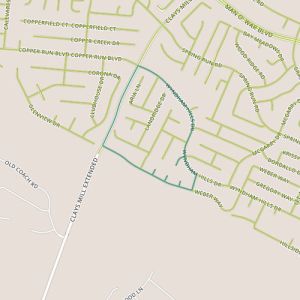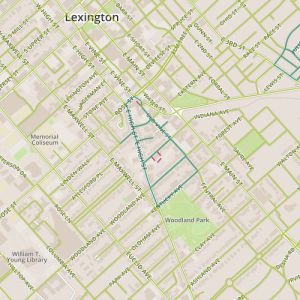 Naturally enough, as one gets closer to downtown and into older areas, uses become mixed. Day 61 brings me to the Aylesford area, near Woodland Park and past an eclectic mix of early 1900’s houses, houses converted to apartments, botique-y shops in older buildings, businesses in functional mid-century buildings. There is always a little bit of infill in neighborhoods this old, and it’s hard not to imagine what this area looked like 40 years ago or 70 years ago, especially when you come across street names like “Old Vine”.
Naturally enough, as one gets closer to downtown and into older areas, uses become mixed. Day 61 brings me to the Aylesford area, near Woodland Park and past an eclectic mix of early 1900’s houses, houses converted to apartments, botique-y shops in older buildings, businesses in functional mid-century buildings. There is always a little bit of infill in neighborhoods this old, and it’s hard not to imagine what this area looked like 40 years ago or 70 years ago, especially when you come across street names like “Old Vine”.
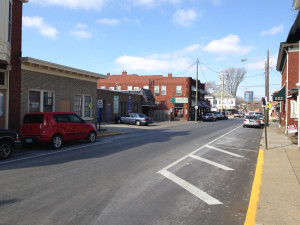
The amount of surface parking stands out. Since many of the businesses here are niche businesses, there certainly needs to be a way to get people here and cars are filling that need. Maybe what stands out is that, given the creative lean of the business mix, the parking is…inelegant, often carved out in front of businesses and creating a strip-mall feel when this could have been avoided.
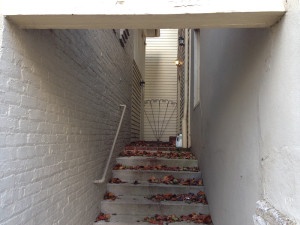
I was a little disappointed with the lack of vitality, as well. There were bright spots, like the decorated cul-de-sac on Preston (highlighted by the cow skull scarecrow seen above). And maybe it’s unfair to judge the vitality of a commercial district based on a chilly November workday. But a lot of places, businesses, homes, felt like they were kind of phoning it in a little bit. And maybe this is part and parcel of being a car-reliant neighborhood that was not designed for cars; people are moving, but generally from a store or home to a car parked nearby. This means there is with no opportunity for window shopping as you might have along a pedestrian-oriented commercial district, a shopping mall or even a strip mall. The parking requirements displace public space and particularly sidewalks and actively discourage the types of behaviors I expected to see here. There is no reason to adorn houses or yards, either, and houses here feel more introverted than houses befitting typical suburban typologies.
Nonetheless, and even though this area isn’t a destination in the same sense as say, downtown, it still provides a lot to take in, hints of the timbre of the Lexington creative class as well as its history.
